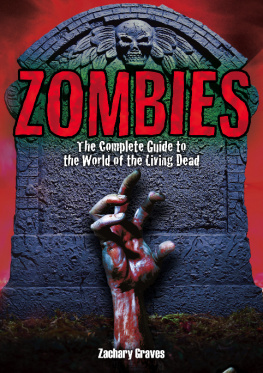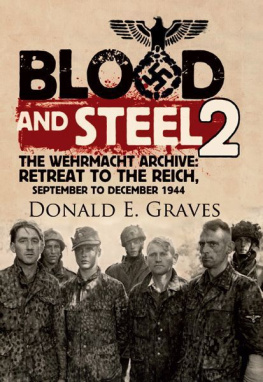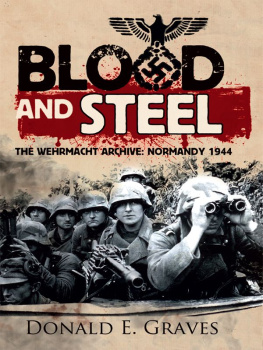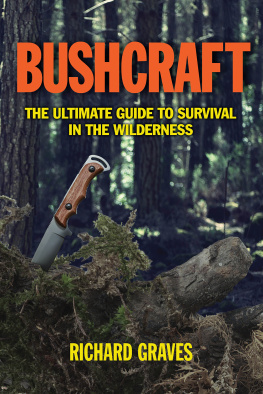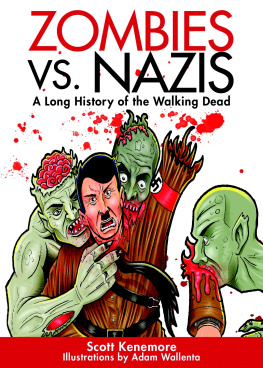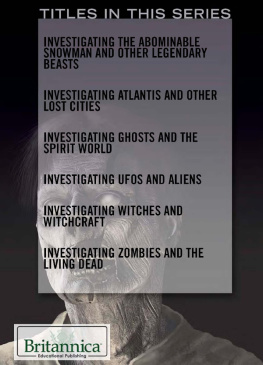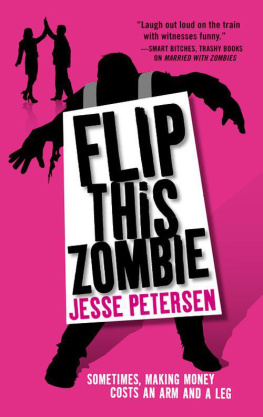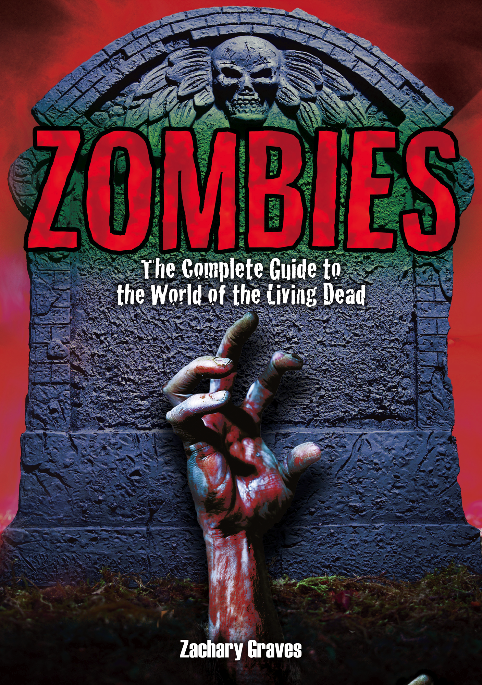Introduction

The Age of the Zombie Has Arrived.

In recent years, the zombie has joined vampires, werewolves, and ghouls as a popular addition to the horror pantheon, becoming a familiar figure on screen (whether in film, TV, or computer games), in fiction, and even in pop and rock music. With movies like Night of the Living Dead and its various sequels and remakes, video games such as the Resident Evil series (which has sold a staggering 40 million copies worldwide) and the current spate of post-modern mash-up novels like Pride and Prejudice and Zombies , the zombie is beginning to establish itself as one of our favourite denizens of the world of the undead. Indeed, zombie has even begun to outstrip vampires in popularity, with zombie films and fiction providing the same kind of smart, up-to-date entertainment for young males that the Twilight phenomenon offers to adolescent girls.
At first glance, it may be hard to understand the zombies appeal. The zombie has none of the dark, sexy glamour of its undead cousin the vampire; and it entirely lacks the mystery, nobility and beauty albeit vicious and violent of that other infamous medieval revenant, the werewolf. The zombie, in its most common manifestation, is a slow, stupid, shuffling creature, with vacant eyes and a grey, expressionless face. It is hideously ugly, a rotting corpse from the grave, covered in blood and gore, and emitting a sickening stench. Parts of its body may be missing; it may have severed limbs, open wounds, or entrails hanging out from its insides. Far from being sexy or attractive in any way, it is the most disgusting, repulsive creature imaginable. Yet, as far as Western popular culture goes, it is clear that we cant get enough of the zombie. We love them. Why?
Horror and Comedy

The answer is that the zombie myth explores some of the most disturbing aspects of modern life, from the serious to the mundane, from the horrific to the comical. The vampire may have evolved, in literature, from a medieval monster much like the zombie a gruesome revenant from the grave, dripping with blood and gore into the suave, refined ladies man that we know today, but the zombie has resolutely refused to follow this path. It remains revolting, uncivilised, and vile. We are horrified by its disgusting appearance and repulsive body, but also sometimes amused by the sheer grossness of its antics, whether pulling off a victims arm and snacking on it, or slicing the top off someones head and supping on warm human brains. This mixture of horror and comedy is the essence of the zombies appeal to adolescent boys and that means the adolescent boy in all of us. The zombie is funny, in the way that cartoons are funny, because it takes our darkest fears about the vulnerability of our human body and makes a comedy of them, relieving us of our fear of being harmed, and our dread of death, if only for the duration of watching a film, playing a game, or reading a book.
But there is more to the zombie, and the phenomenon of its popularity today, than sheer entertainment value. As well as making us laugh, and delivering the usual thrills and shocks of the horror genre, the zombie narrative also helps us to explore some of the most pressing issues in modern society, sometimes light-heartedly, sometimes more seriously. There are plenty of zombie movies, games and novels that merely pile on the gore, but to become a classic in the genre, the work must also offer a witty, insightful and perhaps ironic commentary on the contradictions and difficulties of modern life. This is no mean feat: slathering on zombie gore, delivering bucketloads of blood, and, at the same time, presenting an intelligent, thoughtful critique of contemporary civilisation and its ills is not an easy task. However, it has been done, to a greater or lesser extent, in classic films such as George Romeros Night of the Living Dead and its sequels, which take their visual cue from the slick DC comics of the fifties such as Tales from the Crypt , mixing cartoon-style violence with a radical reappraisal of the values and morals of American culture.
Romeros approach, itself inspired by apocalyptic science fiction of the 1950s, such as Richard Mathesons I Am Legend , has continued to set the pattern of the modern zombie horror movie: dumb, tasteless B movie violence, clever visual gags and, underlying the entire presentation of the narrative, a deeply critical, often pessimistic view of human nature and civilisation.
Exploitation of the Masses

The themes explored in the zombie legend are many: the exploitation of the masses in capitalist society, the soullessness of modern-day life, our fear of a global apocalypse, our revulsion at the reality of war, and the inevitability of death, to name the most salient of them. If we look at each of these issues in turn, we may begin to understand why the figure of the zombie has begun to play such an important part in popular culture today.
The legend of the zombie arose in West Africa, where it formed part of the religion known as Vodun, and centred around a deity or loa known as the Grand Zombi, a snake god. It was brought by African slaves to the island of Haiti, where it became incorporated into the folklore of the people. This was a mixture of African spiritual beliefs and Catholic teachings, so that the African loa , or spirit gods, became interchangeable with the Catholic saints, in a religion that came to be known as Vodou, or Voodoo. In this religion, a zombie came to mean a person whose soul had been captured by a sorceror or bokor , and who was forced to live out a miserable existence as the bokors slave.
Early zombie tales tell of bokors using zombies to work in the cane fields as labourers, using them as bodies to perform manual tasks, and ignoring their humanity. Later, films such as White Zombie (1932) expanded on this idea, with a sorceror named Murder Legendre employing armies of zombies to work in his factories. Thus, from its earliest origins, the zombie was identified as a human being who had been ruthlessly exploited, treated as a beast of burden, and made to suffer a life of pain and misery.

